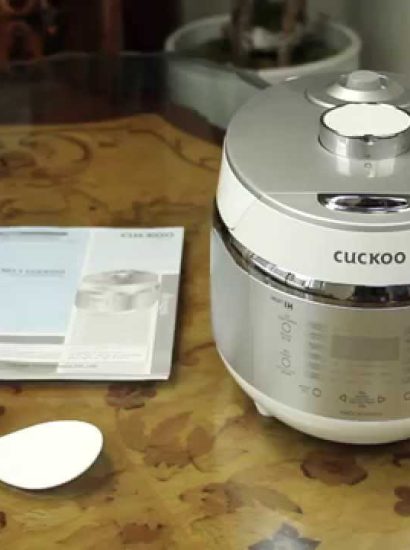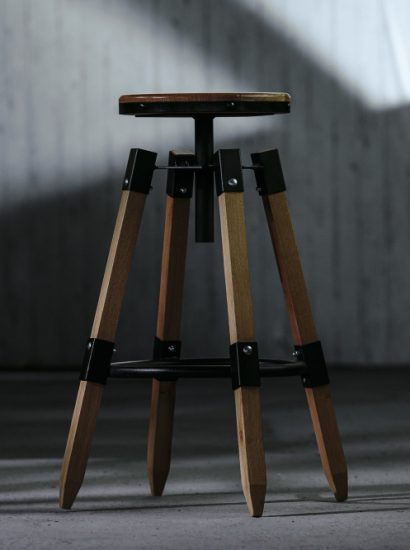Transforming your outdoor space into a haven of relaxation and beauty often starts with the right furniture. Metal Garden Furniture Paint, while durable, can lose its lustre over time due to exposure to the elements. But fear not! With the right techniques and a bit of creativity, you can give your metal garden furniture a stunning makeover that will breathe new life into your outdoor oasis. In this comprehensive guide, we’ll explore 10 techniques to help you achieve a remarkable transformation.
Metal Garden Furniture Paint:Preparation is Key
Before diving into the painting process, it’s crucial to prepare your metal furniture properly. Start by cleaning the surface thoroughly to remove any dirt, grime, or rust. Use a wire brush or sandpaper to smooth out any rough spots and ensure the paint adheres evenly. Once clean, wipe down the surface with a damp cloth and allow it to dry completely before proceeding.
Metal Garden Furniture Paint:Choose the Right Paint
Selecting the appropriate paint is essential for a successful makeover. Opt for a high-quality metal paint that is specifically formulated for outdoor use. Look for paints that offer durability, weather resistance, and UV protection to ensure your furniture withstands the elements year-round. Consider finishes like matte, satin, or gloss depending on your desired aesthetic.
Metal Garden Furniture Paint:Priming for Perfection
Applying a primer before painting can significantly improve adhesion and durability. Choose a primer that is compatible with both metal surfaces and your chosen paint. Apply the primer evenly using a brush or spray gun, and allow it to dry completely before moving on to the next step. Primer not only enhances paint adhesion but also helps prevent rust and corrosion.
Spray Painting for Smooth Results
For a flawless finish, consider using a spray gun to apply the paint. Spray painting allows for even coverage and minimises brush strokes or roller marks. Ensure proper ventilation and apply thin, even coats of paint, allowing each coat to dry completely before applying the next. This technique yields professional-looking results and is ideal for intricate or detailed metal furniture.
Brushing for Texture
If you prefer a textured finish or have furniture with intricate designs, brushing may be the best technique for you. Use a high-quality paintbrush to apply the paint in smooth, even strokes, following the natural grain or pattern of the metal. Brushing allows for greater control and precision, making it perfect for highlighting details or creating a rustic look.
Sponging for a Unique Look
For a more creative approach, try sponging paint onto your metal furniture. This technique adds texture and depth to the finish, resulting in a unique and eye-catching appearance. Simply dip a sponge into your chosen paint and dab it onto the surface in a random pattern. Experiment with different sponge sizes and colours to achieve the desired effect.
Stencilling for Personalization
Add a personal touch to your metal furniture by stencilling designs or patterns onto the surface. Choose stencils that complement your outdoor decor and position them carefully on the furniture. Use a brush or sponge to apply the paint evenly within the stencil, taking care not to smudge or bleed outside the lines. Stencilling allows for endless customization possibilities and is a fun way to express your creativity.
Colour Blocking for Modern Appeal
Give your metal furniture a contemporary makeover with colour blocking. This on-trend technique involves painting different sections of the furniture in contrasting colours to create a bold and modern look. Use painter’s tape to mask off areas you want to keep unpainted, then apply your chosen colours using a brush or spray gun. Once dry, remove the tape to reveal clean, crisp lines.
Distressing for Vintage Charm
For a shabby-chic or vintage-inspired look, consider distressing your metal furniture. Start by painting the furniture in a base colour, then lightly sanding certain areas to reveal the metal underneath. Focus on edges, corners, and areas that would naturally wear over time. This technique adds character and charm to your furniture, giving it a well-loved appearance with a touch of nostalgia.
Sealing for Longevity
To protect your newly painted metal furniture and prolong its lifespan, sealing is essential. Choose a clear, outdoor-rated sealer that provides additional durability and weather resistance. Apply the sealer according to the manufacturer’s instructions, ensuring complete coverage over the painted surface. Sealing not only enhances the finish but also helps guard against fading, chipping, and peeling.
Conclusion
Metal Garden Furniture Paint:With these 10 techniques in your arsenal, you have everything you need to give your metal garden furniture a stunning makeover. Whether you prefer a sleek modern look or a rustic vintage charm, there’s a painting technique to suit your style. By properly preparing the surface, choosing the right paint, and applying the paint with care and creativity, you can transform your outdoor space into a haven of beauty and relaxation.
FAQs
1. Can I paint over rust on my Metal Garden Furniture Paint?
Yes, you can paint over rust, but it’s essential to remove as much rust as possible before painting to ensure a smooth and long-lasting finish. Use a wire brush or sandpaper to remove the rust, then apply a rust-inhibiting primer before painting.
2. How long does it take for Metal Garden Furniture Paint to dry?
Drying times can vary depending on factors such as temperature, humidity, and the type of paint used. In general, most paints will dry to the touch within a few hours, but it’s best to allow 24-48 hours for the paint to cure fully before using the furniture.
3. Can I repaint my metal furniture if I don’t like the colour?
Yes, you can repaint your metal furniture if you’re not happy with the colour or finish. Simply follow the proper preparation steps to clean and prime the surface, then apply the new paint using your chosen technique.
4. How often should I repaint my metal garden furniture?
The frequency of repainting will depend on factors such as exposure to the elements, usage, and the quality of the paint used. In general, it’s a good idea to inspect your furniture annually and touch up any areas that show signs of wear or damage.
5. Can I use indoor paint on outdoor metal furniture?
It’s not recommended to use indoor paint on outdoor metal furniture, as it may not provide adequate protection against the elements. Outdoor paint is specifically formulated to withstand UV exposure, moisture, and temperature fluctuations, ensuring long-lasting durability and colour retention.
Also read: BOSTON BRUINS: BREAKING THE ICE WITH 10 RISING STARS









